Intro
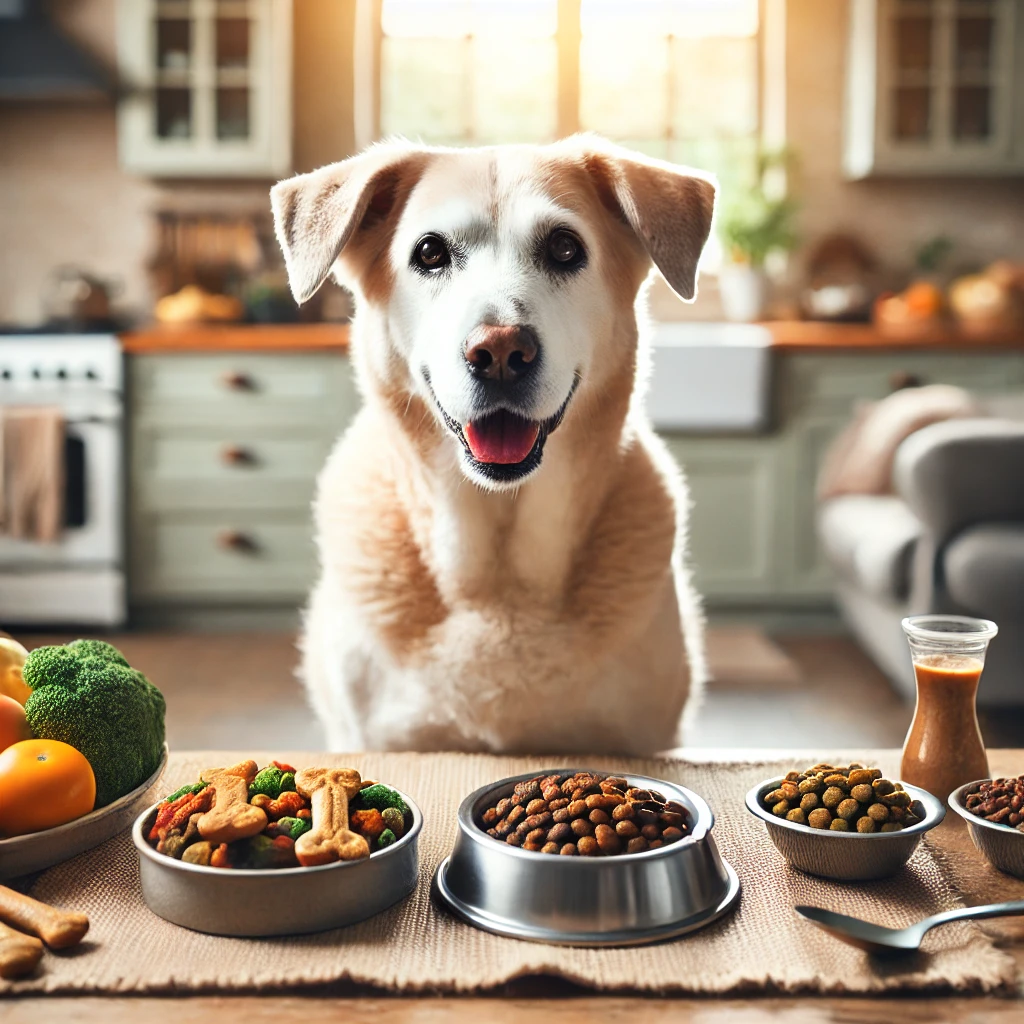
As our beloved canine companions age, their nutritional needs evolve, requiring a shift from adult to senior dog food. This transition is crucial in ensuring their health and well-being in their golden years.
Understanding the process and knowing how to navigate it effectively can make a significant difference in your senior dog’s quality of life. In this comprehensive guide, we will delve into the essential steps and considerations for mastering the switch from adult to senior canine nutrition.
Recognizing the Signs: When to Make the Switch
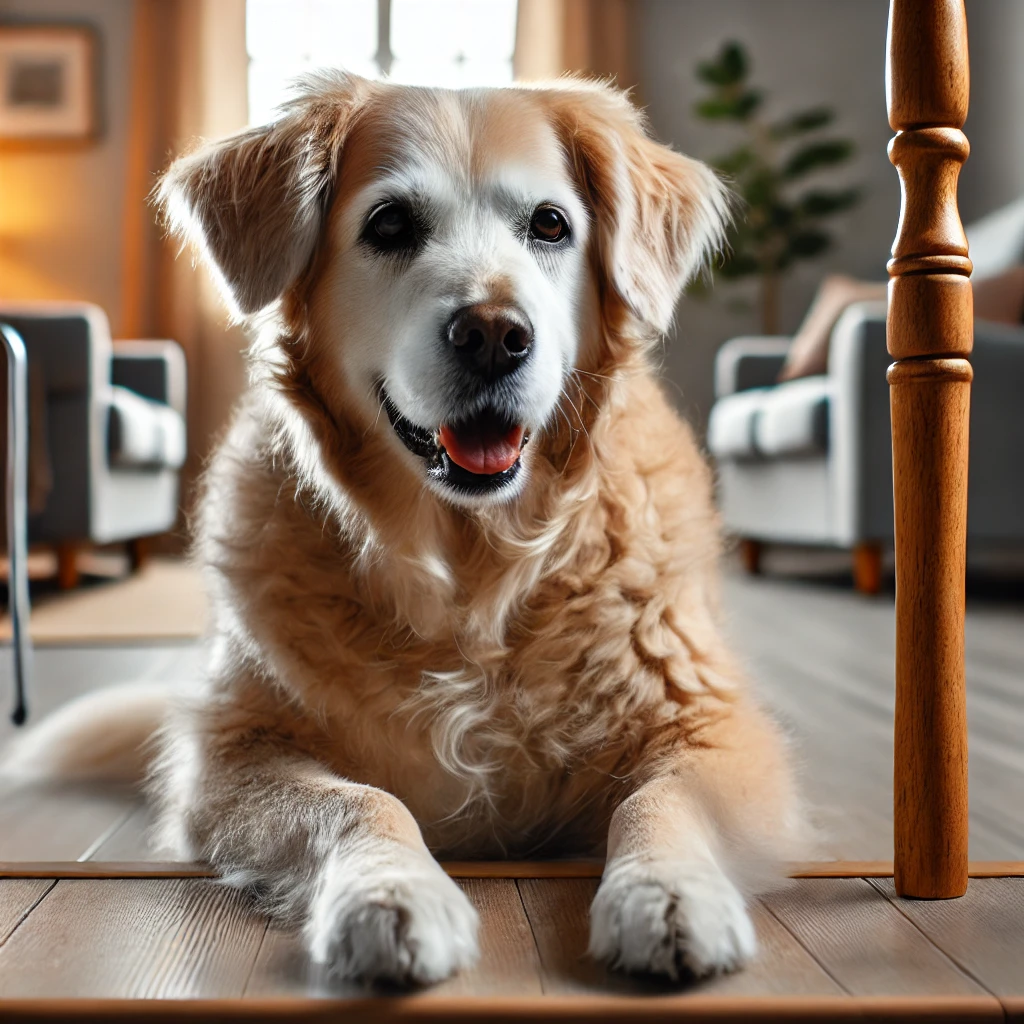
Transitioning your dog to a senior diet isn’t a decision made on a whim—it comes after noticing certain signs that your beloved pet is aging and could benefit from a diet that’s specifically tailored to their changing needs. These signs are often subtle and gradual, much like the aging process itself, but paying close attention can make all the difference in ensuring your dog’s golden years are as comfortable and healthy as possible.
One of the first indicators that it might be time to consider a senior diet is a noticeable decrease in your dog’s energy levels. This isn’t just the normal ebb and flow of a dog’s energy throughout the day but a sustained change that sees them less interested in activities they previously enjoyed. Coupled with this, you may observe either weight gain or loss that doesn’t align with their current food intake or level of activity, suggesting that their metabolic rate is changing.
Changes in appetite are also telling signs. Your once voracious eater may suddenly become pickier, or perhaps they’re not finishing meals as eagerly as before. This shift could indicate dental issues, which are common in older dogs, or simply a change in taste preferences that comes with age. These dietary changes can also lead to noticeable differences in their coat condition and overall vitality.
Additionally, mobility issues such as stiffness after resting, difficulty climbing stairs, or reluctance to jump can signal that your dog’s joints and muscles are feeling the effects of aging. This is particularly relevant when considering a senior diet, as many are formulated with supplements to support joint health and mobility.
Understanding these signs and responding with a transition to senior dog food can profoundly impact your pet’s quality of life. By doing so, you’re not just changing their diet; you’re adapting to their evolving needs with care and empathy, ensuring their senior years are filled with the same joy and comfort they’ve always known.
Understanding Senior Dog Nutritional Needs

As our canine friends enter their golden years, their dietary requirements undergo significant changes, reflecting their evolving health and lifestyle needs. The once energetic puppy, always ready for a game of fetch, now appreciates a more leisurely pace of life. This shift is mirrored in their metabolism, which naturally slows down with age, necessitating a diet that’s carefully balanced to prevent weight gain while ensuring they receive all the nutrients they need to maintain vigor and health.
Navigating the myriad options for senior dog nutrition can seem daunting at first glance. It’s not just about reducing calories; it’s about enriching their diet with the right blend of nutrients. Senior dog foods are formulated with these changes in mind, often enriched with dietary fibers to aid in digestion and prevent constipation, a common issue in older dogs. The inclusion of supplements like glucosamine and chondroitin also plays a crucial role in supporting joint health, helping to alleviate the discomfort associated with arthritis and other age-related mobility issues.
The importance of omega fatty acids in a senior dog’s diet cannot be overstated. These vital components contribute to maintaining a lustrous coat and support cognitive function, keeping your dog’s mind as sharp as possible. Meanwhile, antioxidants play a defensive role, bolstering the immune system to fend off diseases and combat the signs of aging at the cellular level.
In the later stages of a dog’s life, hydration becomes increasingly critical. Senior dogs may not always drink enough water, which is why incorporating wet food or moisture-rich diets can help prevent dehydration and the kidney issues that can arise as a consequence. This approach ensures they’re not only satiated but also well-hydrated, promoting overall kidney and urinary tract health.
Crafting a diet that caters to these nuanced needs involves more than picking the right bag of food off the shelf; it’s about understanding and responding to the unique challenges and changes that come with aging. By focusing on a diet that supports their changing body, you contribute significantly to enhancing your senior dog’s quality of life, allowing them to age gracefully and comfortably.
Choosing the Right Senior Dog Food
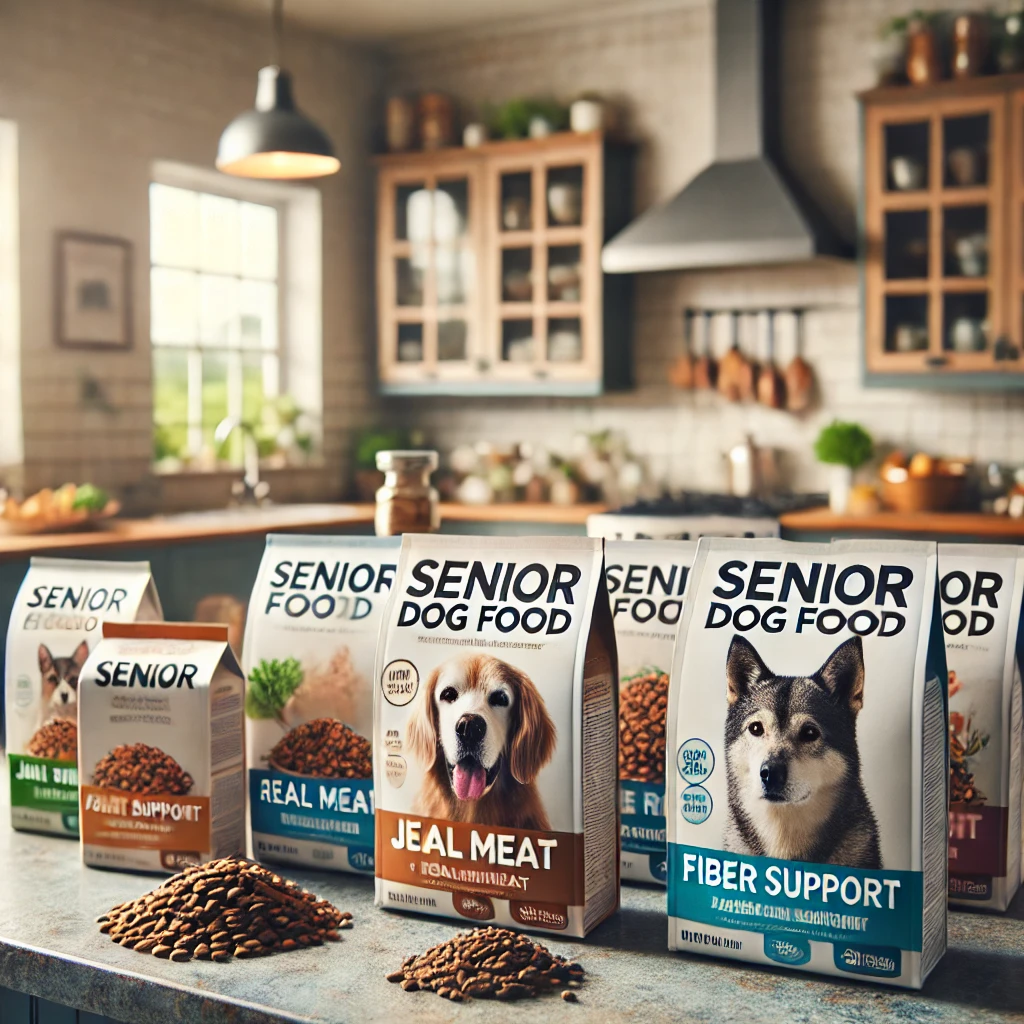
Embarking on the journey to find the perfect senior dog food can be likened to navigating a complex maze with your furry companion’s health and happiness as the ultimate prize. The key to unlocking the right path begins with prioritizing high-quality ingredients that cater to the specific needs of aging canines. Look for foods that boast real meat as their primary source of protein, alongside wholesome grains and vegetables that provide a balanced spectrum of nutrients. This approach ensures your senior dog’s diet supports their overall well-being.
Venturing further into the selection process, it’s crucial to be vigilant about what you don’t want in your dog’s food as much as what you do. Foods laden with artificial colors, flavors, or preservatives can do more harm than good, potentially leading to unnecessary health issues down the road. Opt instead for brands that are transparent about their ingredient list, showcasing a commitment to natural, beneficial components that promote longevity and vitality in senior pets.
Another important consideration is the unique health requirements your senior dog may have developed over the years. Whether it’s sensitivities to certain ingredients, joint issues that necessitate added supplements, or weight management concerns, the right senior dog food should be adaptable to these needs. Many premium senior formulas incorporate specialized ingredients such as glucosamine for joint health or fiber-rich components to aid in digestion, providing a tailored approach to nutrition that can significantly enhance your dog’s quality of life.
Finally, recognizing that each dog is an individual with their own preferences and nutritional requirements is key to making the best choice. Engaging in a bit of trial and error, alongside close observation and consultation with your vet, can lead to discovering the perfect fit for your senior dog’s diet. This personalized approach not only addresses the dietary needs but also ensures that your dog continues to find joy in mealtime, an essential aspect of their overall happiness and contentment in their senior years.
Preparing for the Transition
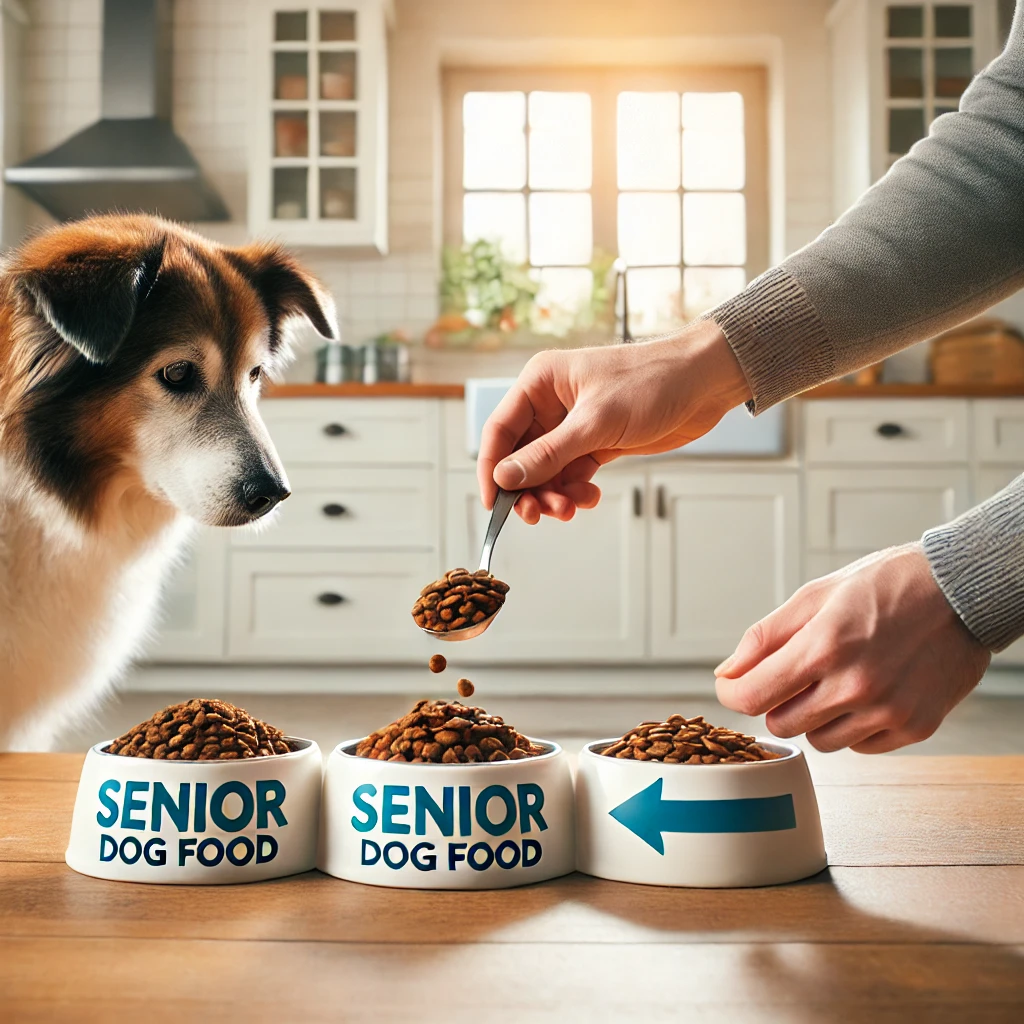
Embarking on the journey to switch your senior dog to a new diet requires a thoughtful and measured approach. Begin by introducing the senior dog food gradually, intertwining it with their current meals. This slow integration helps your dog’s digestive system adapt to the new formula without causing undue stress or discomfort.
Mixing a bit of the new food with their familiar favorites is a practical first step. It’s not only about blending flavors but also about giving their body the chance to acclimate to different nutritional content. This careful, deliberate mix allows for a seamless transition, reducing the likelihood of gastrointestinal upset.
Observation during this period is key. Watch how your dog reacts to the new diet—any changes in their digestion, appetite, or energy levels should be noted. This vigilance ensures that any negative responses are caught early, allowing for immediate adjustments to their diet if necessary.
Should any concerns arise during this transition phase, don’t hesitate to reach out to your veterinarian. Their expertise can provide you with guidance tailored to your dog’s specific health needs and dietary requirements. It’s a partnership that values the well-being of your pet above all else.
Remember, patience is vital during this time. Allow your dog to adjust at their own pace, offering support and encouragement. This transition, when done with care and attention, sets the stage for a positive impact on your senior dog’s health and happiness.
The Transition Process: Step by Step
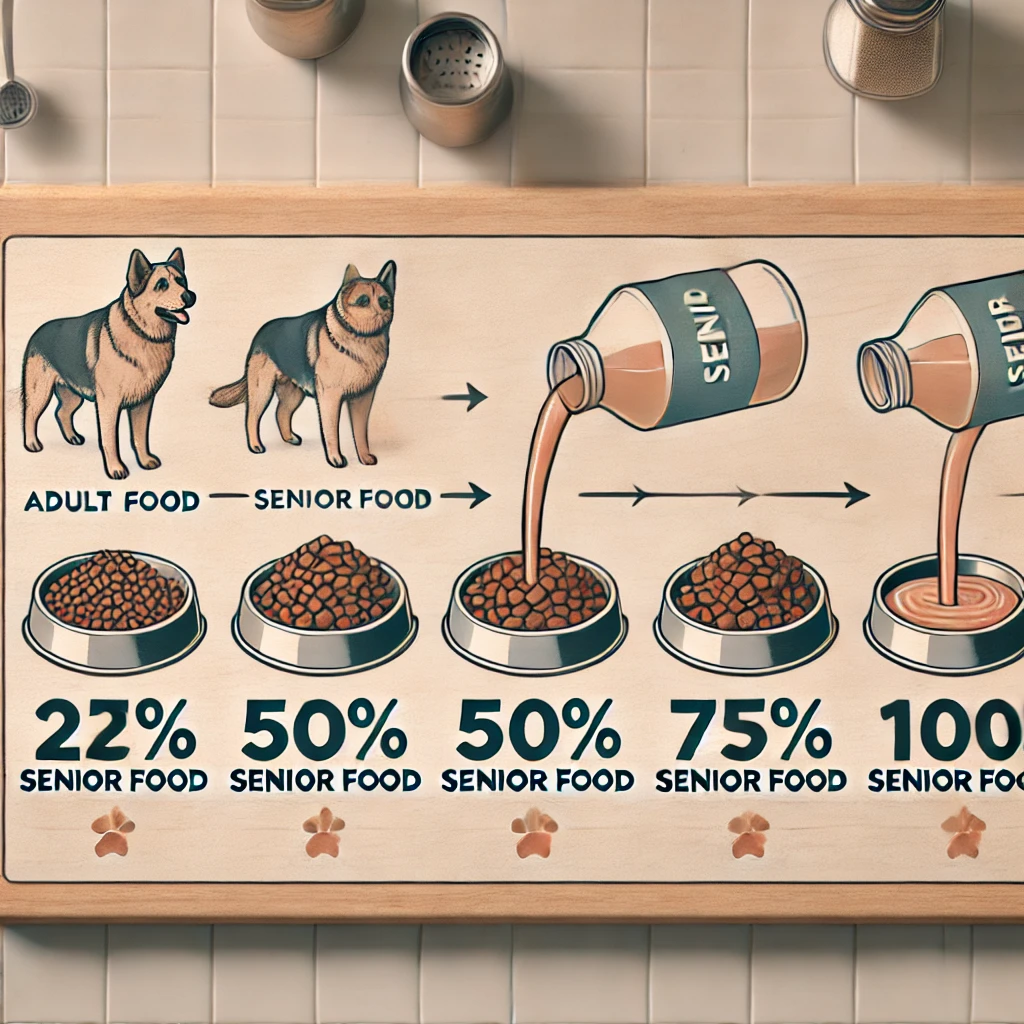
Initiating the transition to senior dog food begins with a gentle introduction. Mix approximately 25% of the new senior formula with 75% of their current adult food during the initial 2-3 days. This proportionate blending encourages your dog’s digestive system to adapt to the new food gradually, minimizing the risk of digestive upset and ensuring a smoother transition overall.
As your dog adjusts to this initial change, gradually increase the amount of senior food over the next several days. By days 4-6, aim for a 50-50 mix of adult and senior dog food. This halfway mark serves as an important checkpoint to gauge your dog’s adjustment to their new diet. Pay close attention to their appetite and digestive health, making sure they’re comfortable and accepting of the changes.
Moving forward, by the end of the first week, adjust the mix to 75% senior food and 25% adult food. This shift further acclimates your dog to their new diet, preparing their system to fully embrace the senior formula. During this phase, continuing to observe your dog’s overall health and response to the diet is crucial. Look out for signs of improved energy levels or any digestive issues that may arise, adjusting the transition pace as needed.
By days 8-10, you should be able to switch entirely to the senior dog food. However, the process doesn’t end here. Continue monitoring your pet closely, looking for positive signs of adaptation such as stable digestion, good energy levels, and a healthy coat. It’s essential during this final stretch to ensure your dog has fully embraced their new diet without experiencing discomfort or reluctance.
Throughout each step of this transition, patience and observation are key. Every dog’s response to dietary change will vary, so tailor the process to suit your pet’s specific needs and reactions. If at any point you have concerns, consulting with your veterinarian can provide additional support and guidance, ensuring your dog’s shift to a senior diet is as smooth and beneficial as possible.
Monitoring Your Dog’s Response

Vigilantly observing your dog’s adaptation to senior dog food is a cornerstone of ensuring a successful dietary transition. Keep a keen eye on various aspects of their health, including their appetite, digestion, and energy levels. Any significant deviations from their normal behavior could be indicative of how well they are adjusting to the new diet.
In the weeks following the switch, take note of your dog’s coat condition and overall demeanor. A shiny coat and a lively spirit are positive signs that the senior diet is meeting their nutritional needs. Conversely, dullness in their fur or a drop in enthusiasm could signal that adjustments to their diet might be necessary.
Monitoring isn’t just about watching for negative reactions; it’s also an opportunity to celebrate the successes. Improvements in mobility, for instance, can be a joyful confirmation that the dietary changes are supporting your dog’s health as intended. However, remain alert to any signs of discomfort or distress, which should prompt immediate consultation with your veterinarian.
Engaging with your vet is an essential step if you observe any concerning changes. They can offer professional advice and potentially recommend a different diet or additional supplements to better suit your senior dog’s requirements. This collaborative approach ensures that your dog’s transition to senior food is as smooth and beneficial as possible.
Remember, each dog is an individual, with unique dietary needs and preferences. What works for one may not work for another, and that’s okay. The goal is to find a diet that allows your senior dog to thrive, even if it means trying a few different options to get there. Your patience and attentiveness during this period play a vital role in enhancing your dog’s quality of life as they age.
Adjusting as Needed

In the world of senior dog care, adaptability is key. Recognizing that each senior dog has unique dietary needs is the first step toward ensuring their health and happiness. If your dog shows signs of discomfort, lackluster energy levels, or dissatisfaction with their new senior diet, it may be time to reevaluate and adjust their meal plan. These signals from your pet should not be ignored, as they are crucial indicators of their well-being.
Switching to a different senior dog food requires a thoughtful approach, much like the initial transition from adult to senior food. Start by researching alternative options, focusing on those that might better align with your dog’s specific health concerns or dietary sensitivities. It’s not uncommon for senior dogs to develop new preferences or face different health challenges that their current diet doesn’t address adequately.
Consultation with a veterinarian can be incredibly insightful during this adjustment phase. Your vet can offer personalized advice based on your dog’s health history and current condition, suggesting dietary changes or supplements that could provide the support your senior pet needs. This professional guidance is invaluable, ensuring that any adjustments to their diet are both safe and beneficial.
Embrace the trial-and-error process as part of the journey to finding the perfect diet for your senior dog. Patience during this period of adjustment will pay off when you discover the diet that brings back their vigor, improves their coat, and reignites their zest for life. Remember, the goal is to enhance your dog’s quality of life through nutrition that meets their changing needs.
Finally, keep a close watch on how your dog adapts to any new changes in their diet. Continuous observation and willingness to make necessary adjustments are paramount in catering to the evolving needs of your senior dog. Your attentiveness and care can make all the difference in their transition to a diet that suits them best.
Additional Care Tips for Senior Dogs
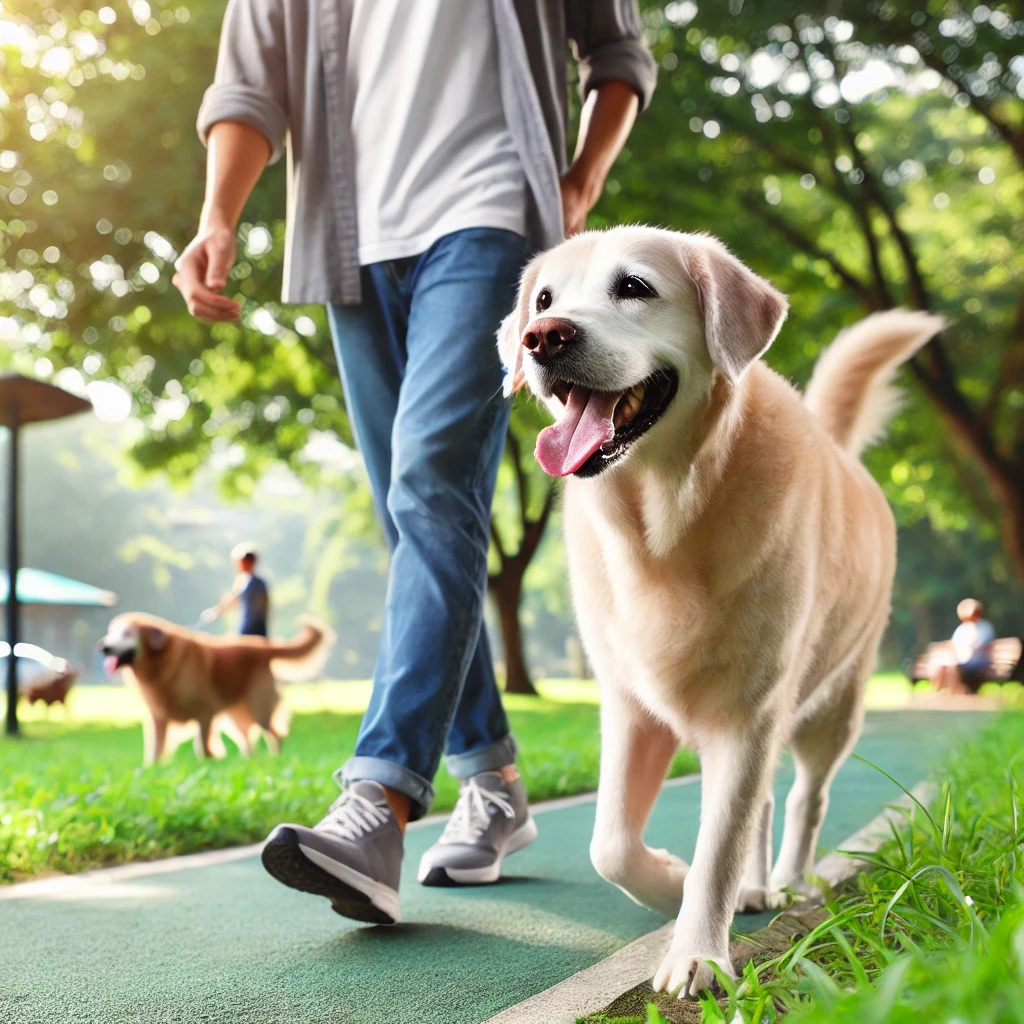
Caring for a senior dog involves more than just a diet change; it’s about adopting a holistic approach to their health and happiness. Integrating regular, gentle exercise into their routine can greatly benefit their mobility and mood. Activities like leisurely walks or light play sessions help keep their joints flexible and their spirits high. Remember, the goal is to maintain activity without overexertion, keeping in mind the physical limitations that come with age.
Dental health becomes increasingly important as dogs grow older. Regular brushing and veterinary dental check-ups can prevent gum disease and tooth loss, common issues that can significantly impact a senior dog’s quality of life. Establishing a dental care routine early on can lead to fewer complications and contribute to overall health and comfort in their later years.
Incorporating joint supplements into your senior dog’s diet can provide additional support for those experiencing stiffness or discomfort due to arthritis or other joint issues. Supplements like glucosamine and chondroitin are known for their role in maintaining joint health and can be a valuable addition to their care regimen.
Regular veterinary check-ups play a crucial role in managing the health of your senior dog. These visits allow for early detection and treatment of potential issues, ensuring that your pet receives the best possible care tailored to their advancing age. Keeping an open line of communication with your vet ensures that you’re always on top of your dog’s health needs, allowing for timely adjustments to their care plan.
Beyond these specific care tips, the most impactful support you can offer your senior dog is your love and patience. Their needs may evolve, but your commitment to their well-being remains a constant source of comfort and security for them. By embracing a comprehensive care strategy, you’re providing your senior dog with a foundation for a happy, healthy life in their golden years.
